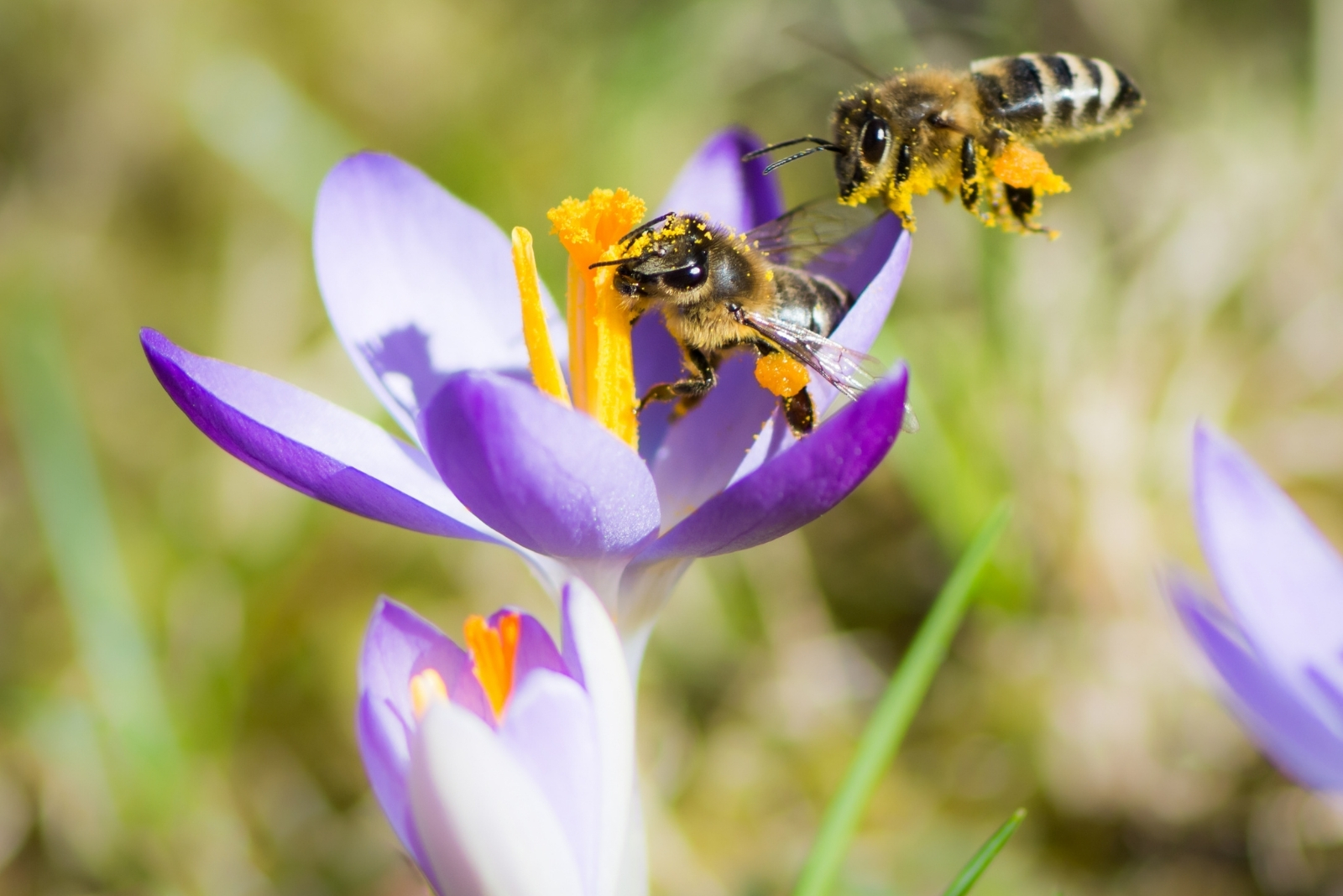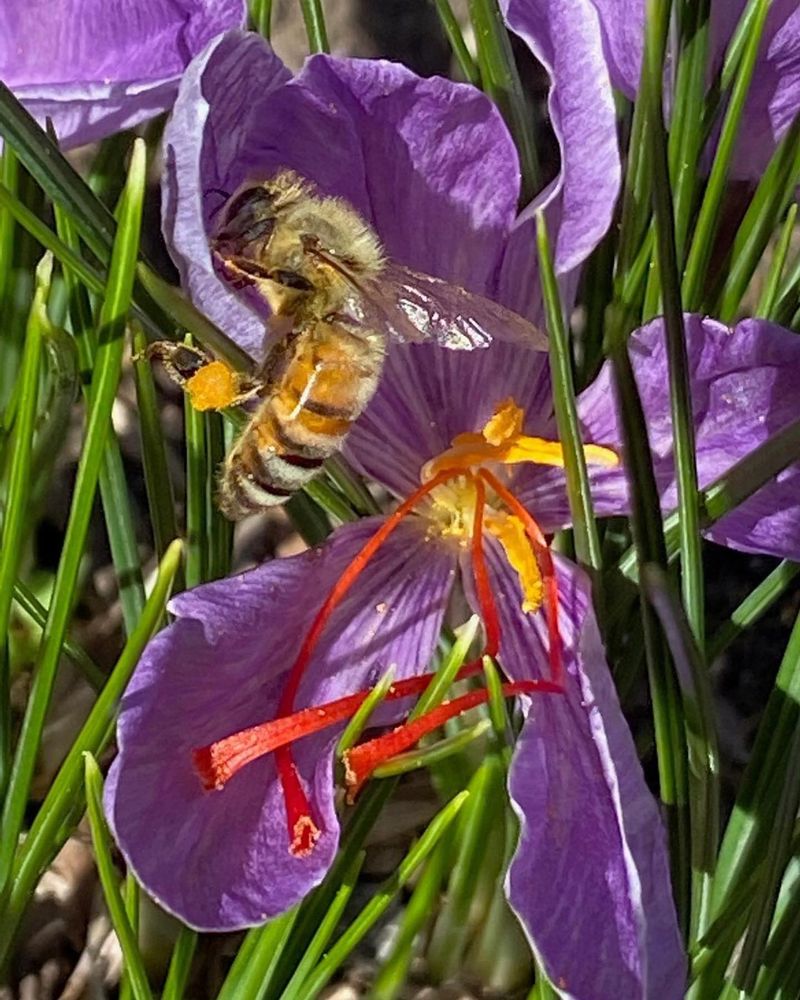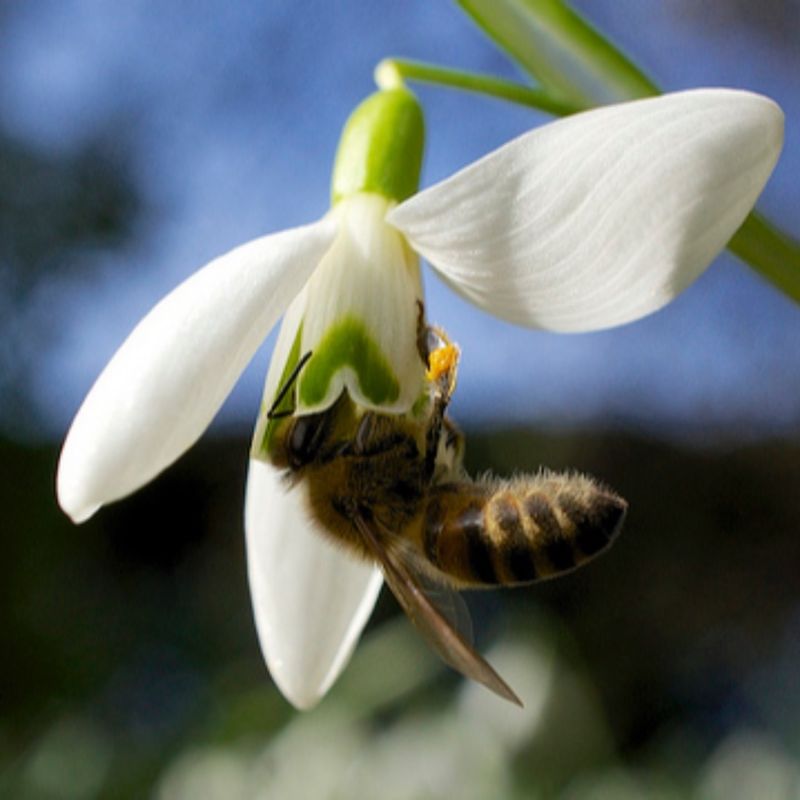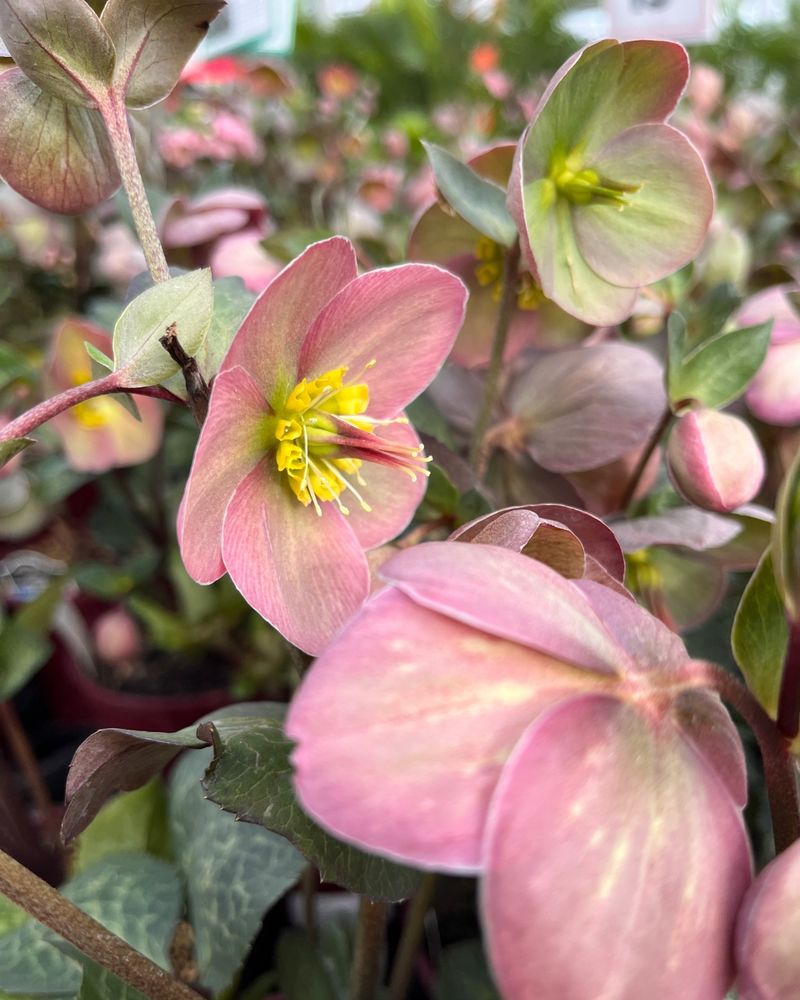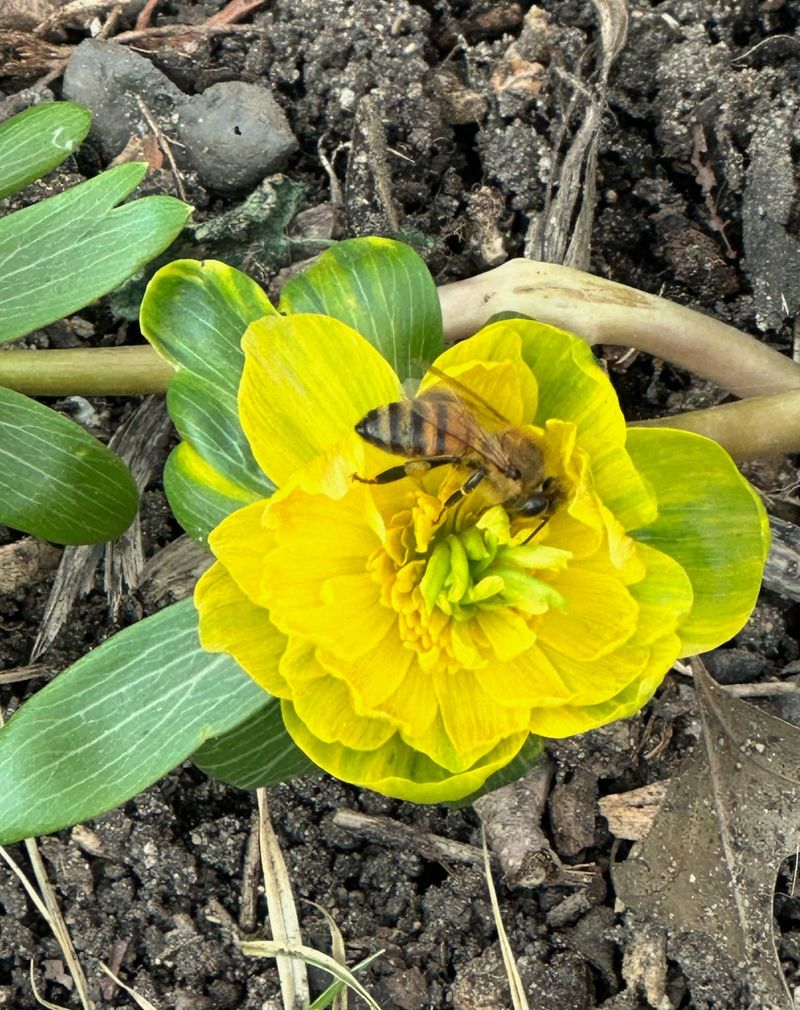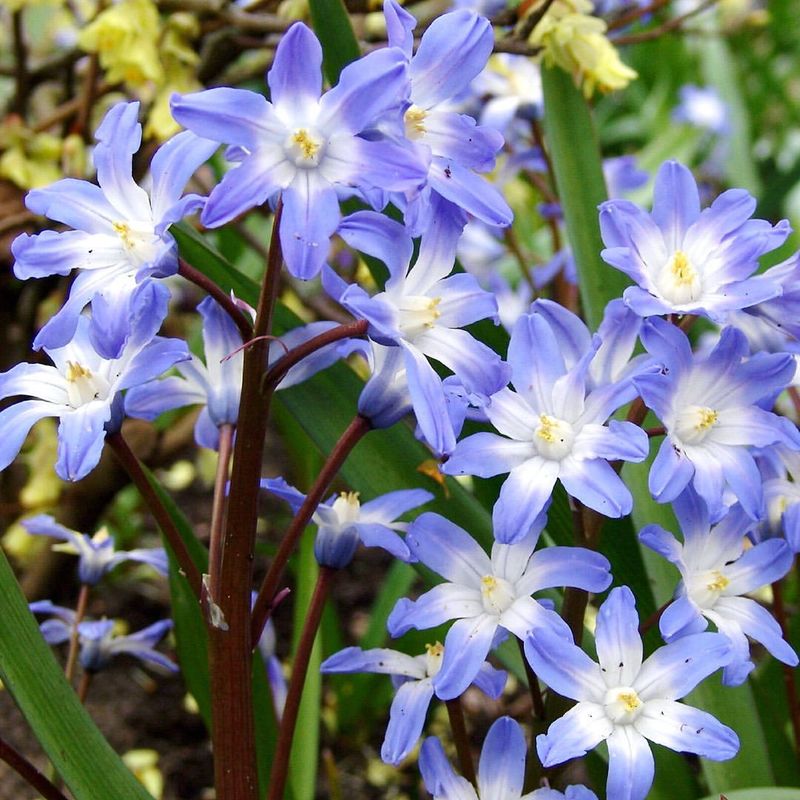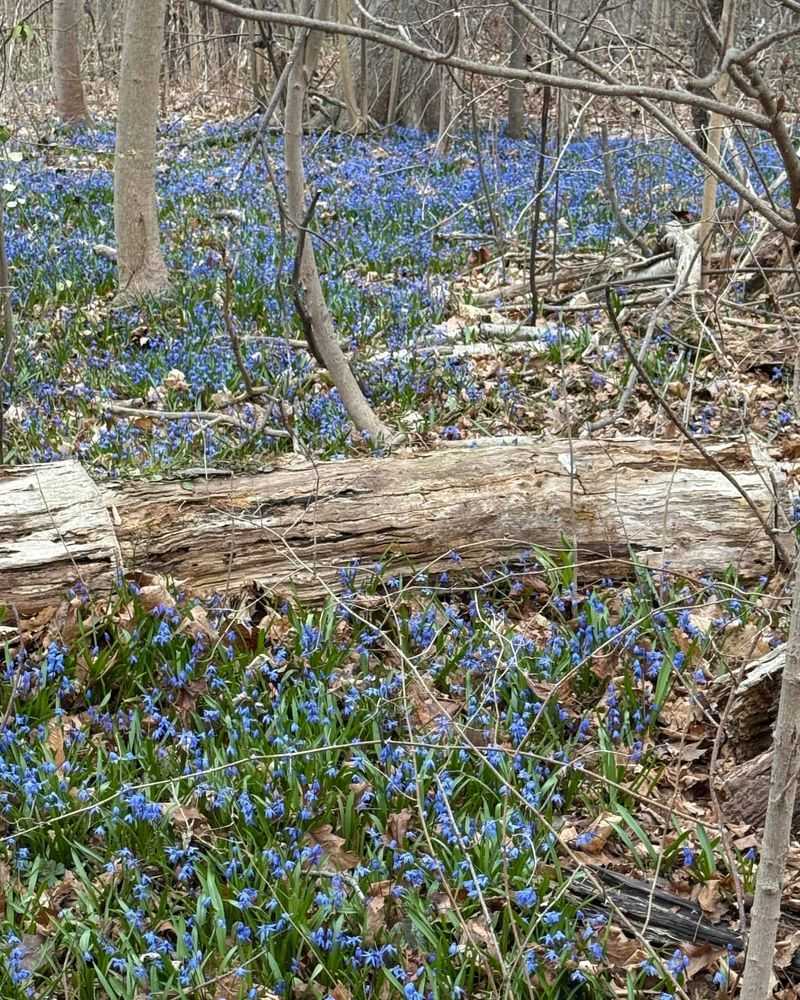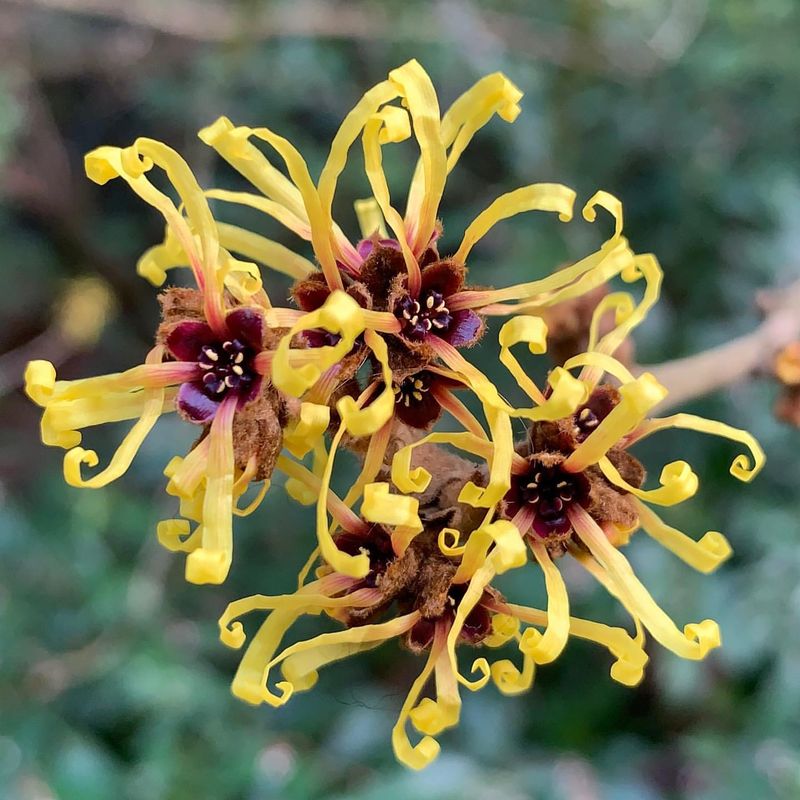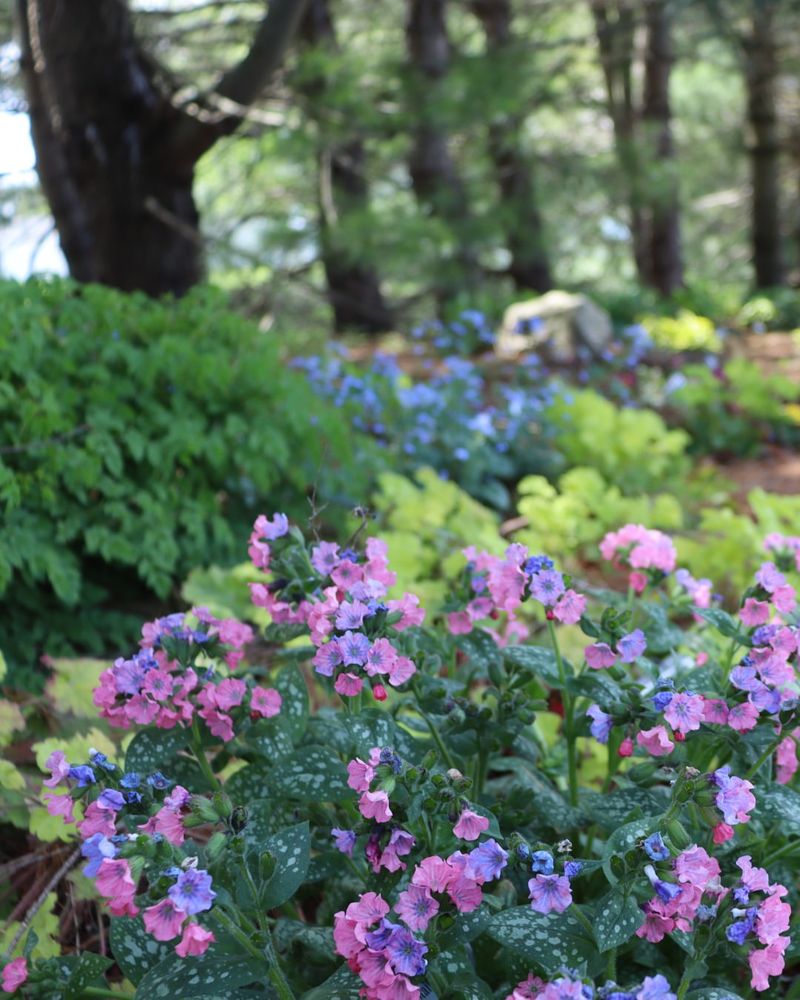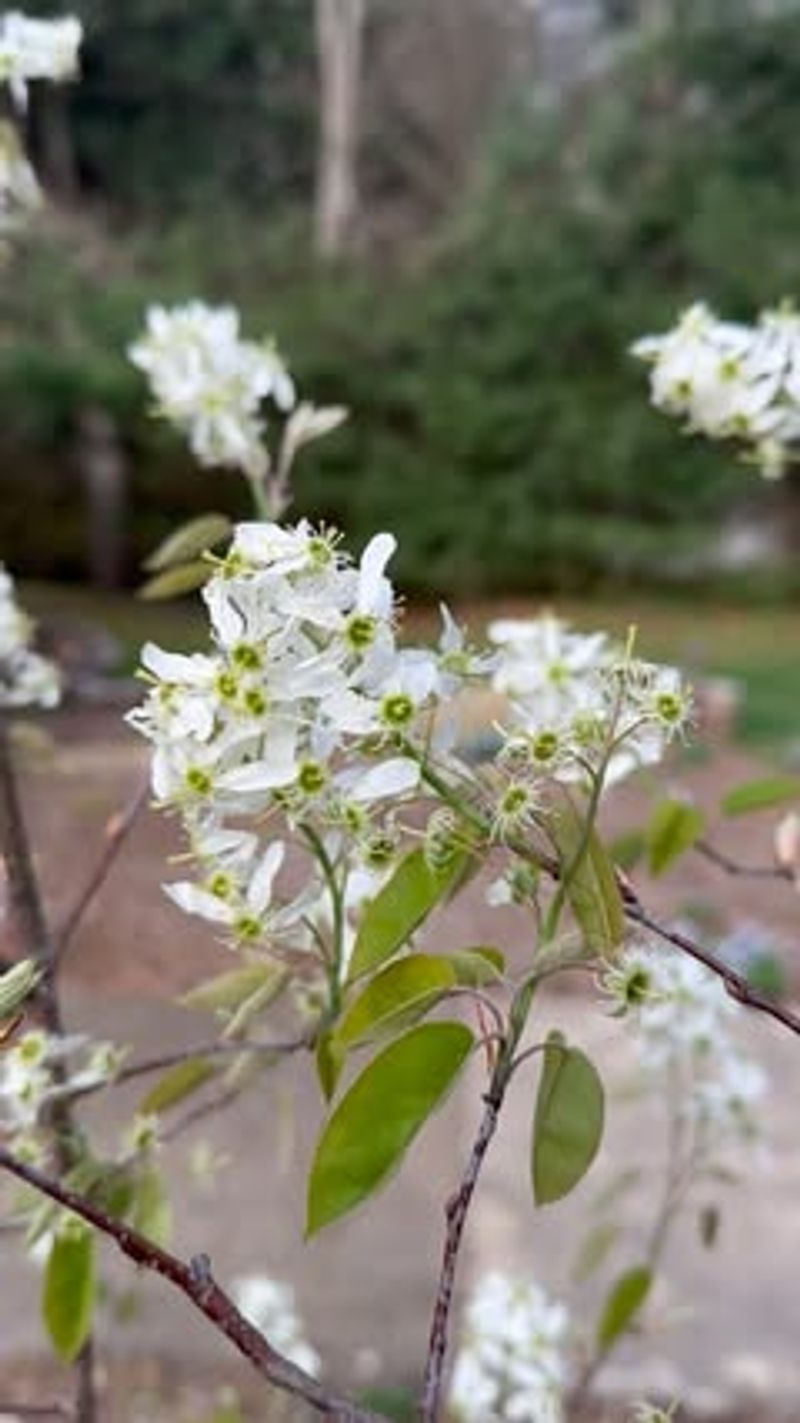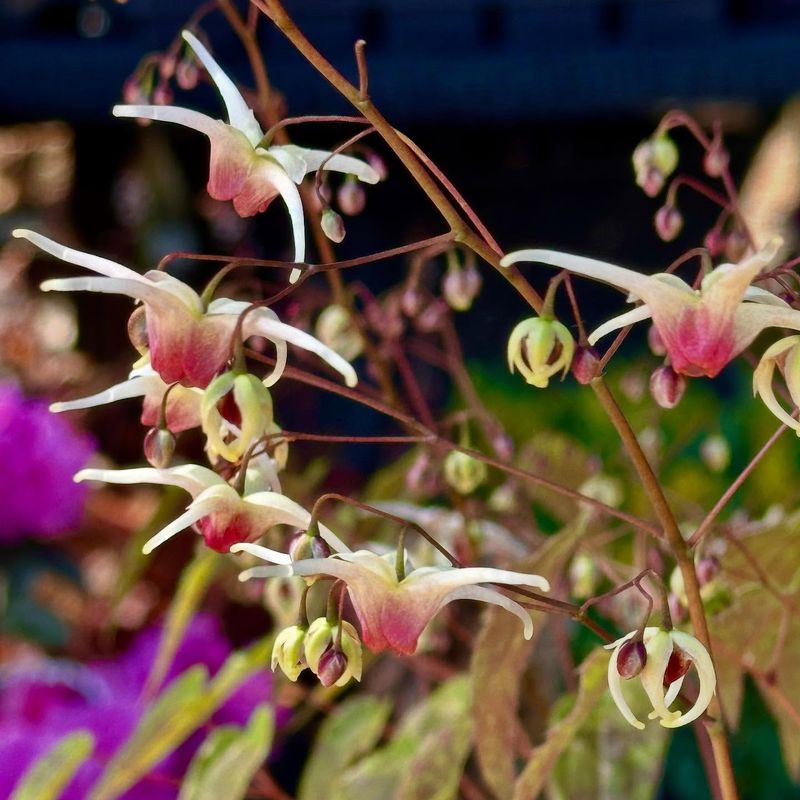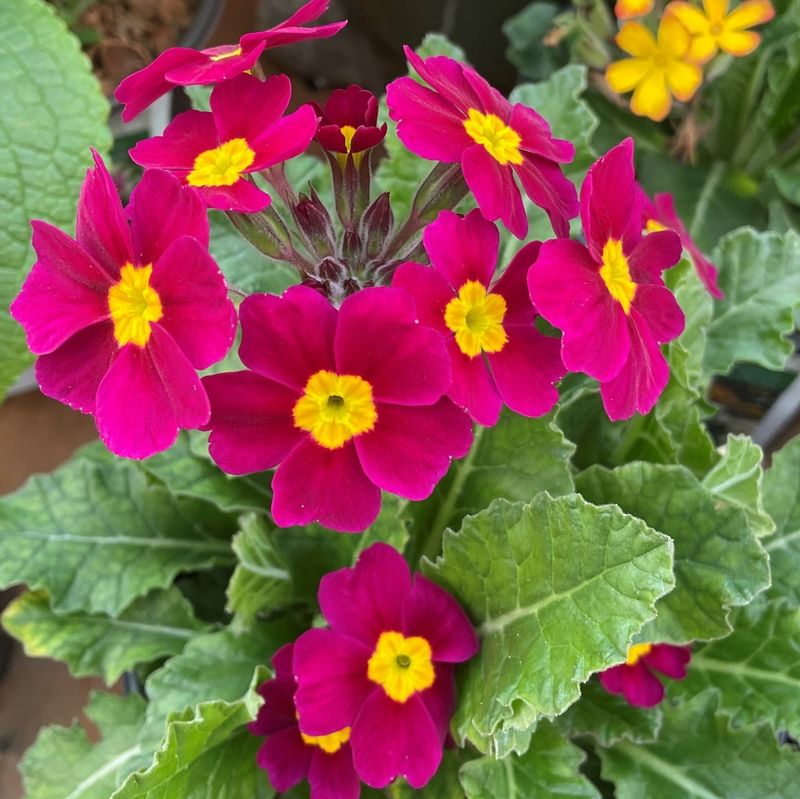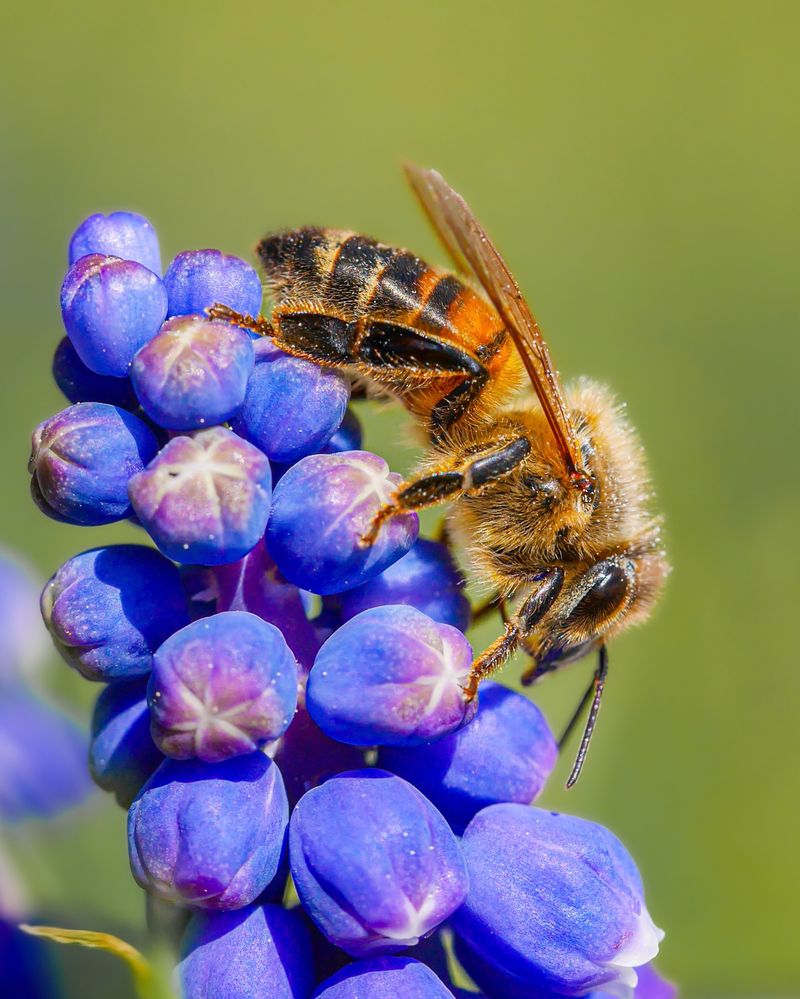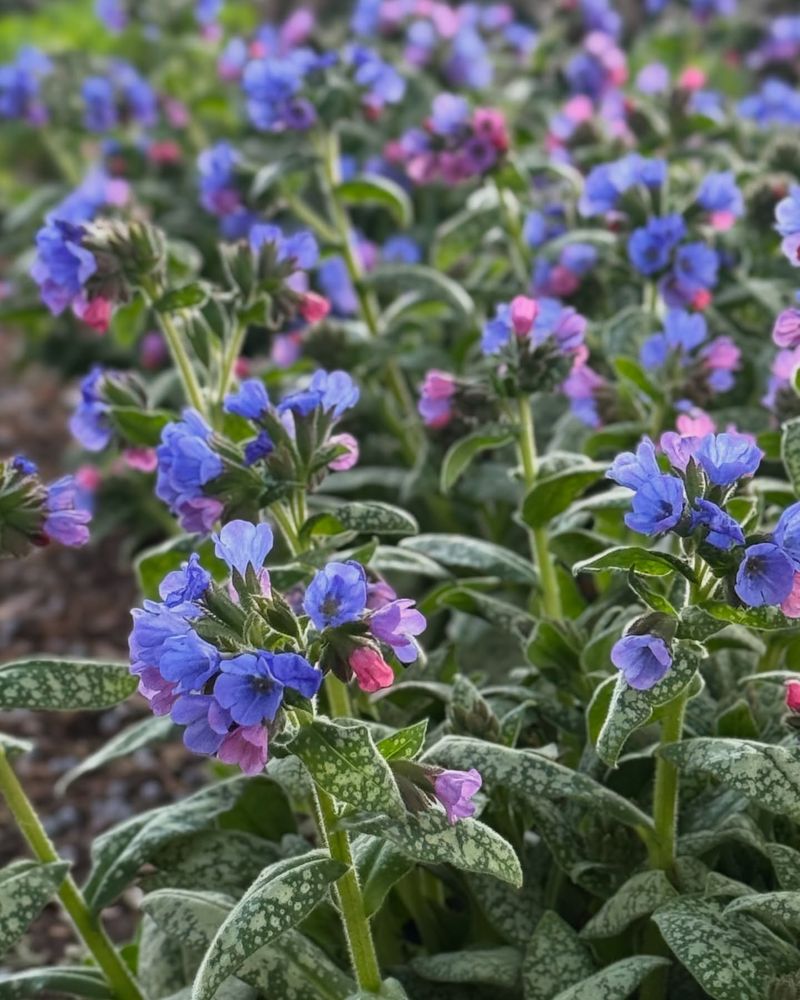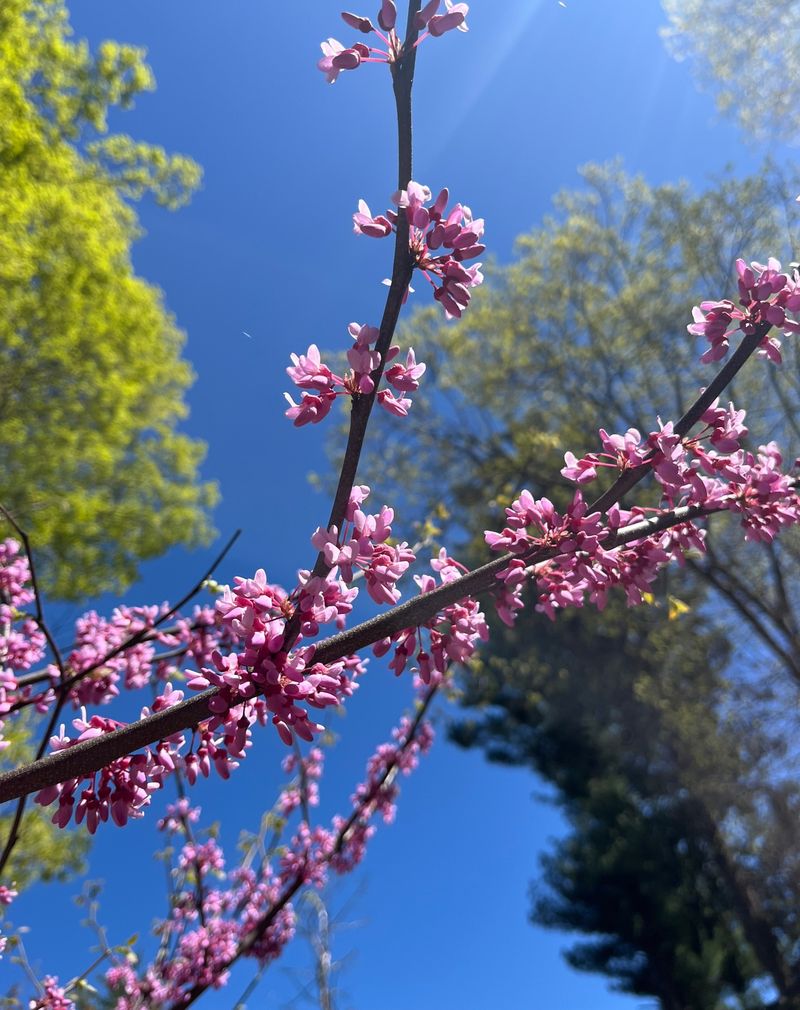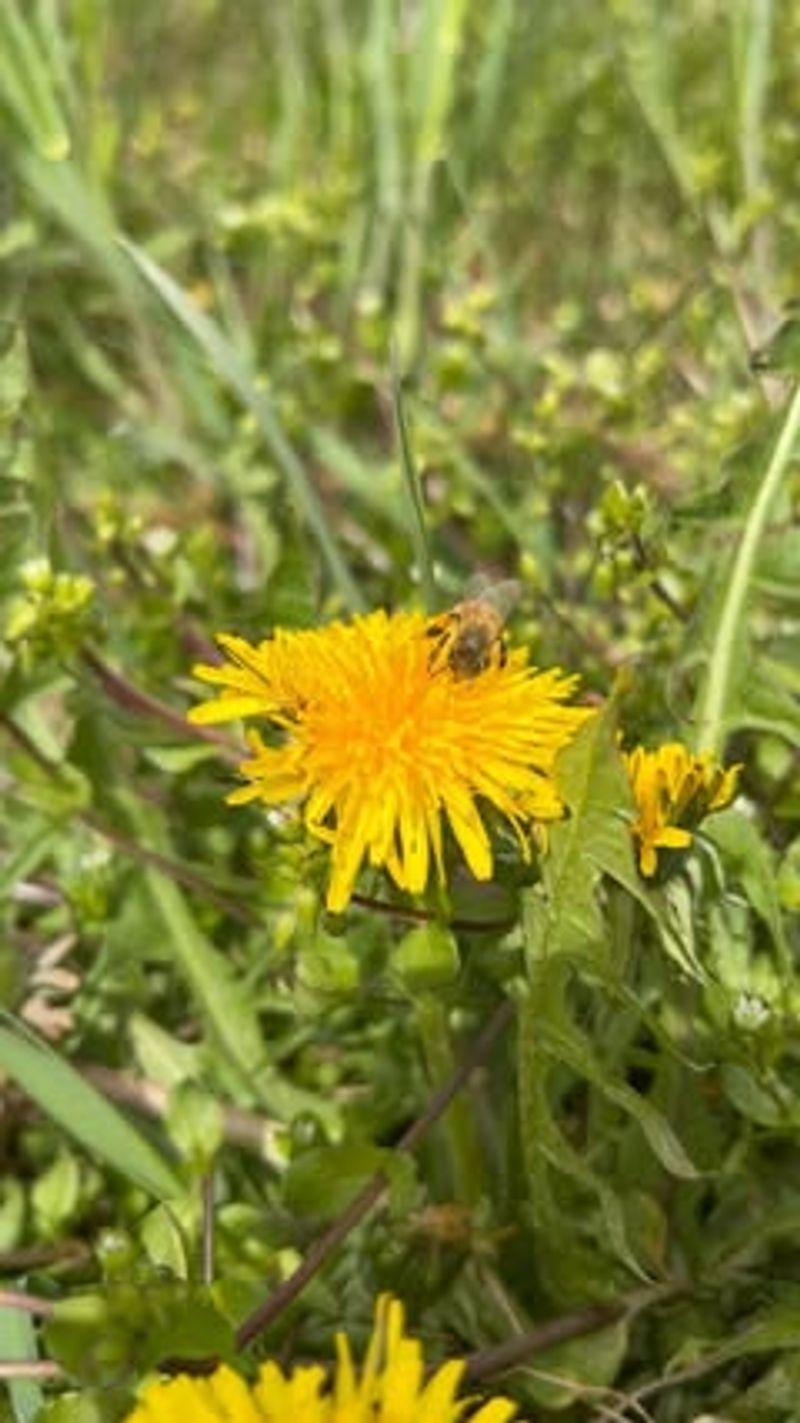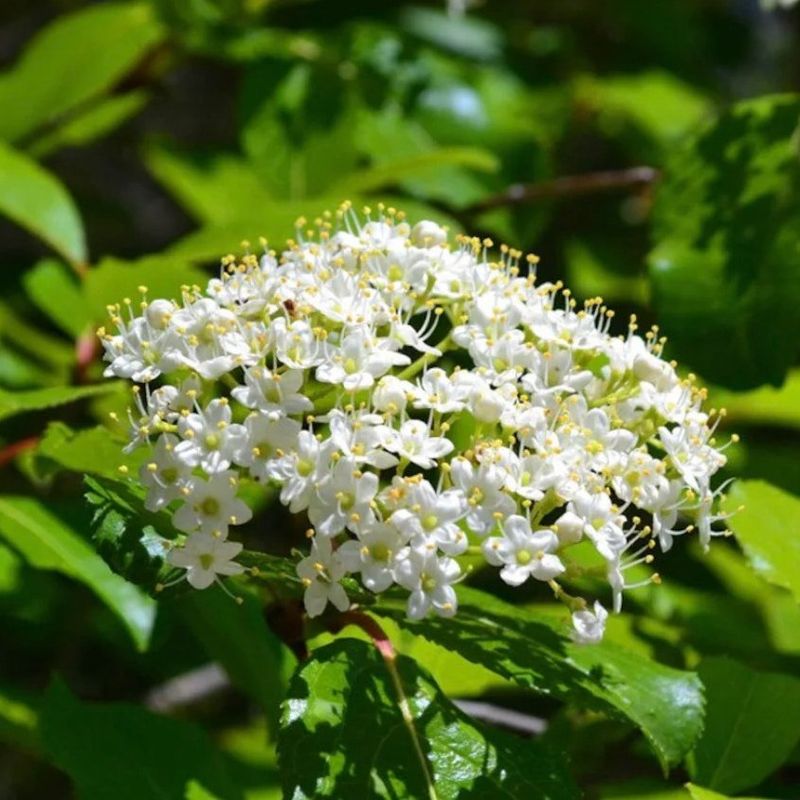Cooler weather in Vermont doesn’t mean the bees are done buzzing. There are still a handful of flowers that bloom late and give pollinators a much-needed boost.
I’ve noticed bees flocking to certain plants even when the temps start to dip. It’s a simple way to support them while keeping your garden looking lively. These flowers are some of the best picks for cooler days.
1. Crocus
One of the first blooms to peek through late winter snow in Vermont gardens. These colorful little cups are packed with pollen that hungry bees can’t resist after a long winter hibernation.
Plant them in clusters around your yard for maximum bee visibility. Vermont gardeners love how these hardy bulbs multiply year after year, creating larger patches of bee-friendly habitat with almost no effort.
2. Snowdrops
Hardy little nodding white flowers that brave Vermont’s late winter chill. Their simple appearance hides a treasure trove of early-season nectar that bees desperately need when food sources are scarce.
Tuck these bulbs under deciduous trees where they’ll get sun before leaves emerge. Vermont beekeepers mark these as essential plantings for supporting hives during the critical early spring transition period.
3. Hellebores
Sometimes called Lenten roses, these tough perennials produce gorgeous blooms when most Vermont gardens still look barren. Their downward-facing flowers protect precious pollen from rain and snow.
Plant in partially shaded spots where they’ll thrive for years. Vermont gardeners appreciate how these long-lived plants need almost no maintenance while providing essential early-season food for native bee populations.
4. Winter Aconite
Cheery yellow buttercup-like flowers that emerge just as Vermont’s snow begins to recede. Their bright color serves as a beacon to bees searching for food when most of the landscape remains dormant.
Grow them in drifts under trees or along pathways. Vermont’s native bee species particularly benefit from these early bloomers that help bridge the hunger gap before spring fully arrives.
5. Chionodoxa
Also known as glory-of-the-snow, these starry blue flowers create a carpet of color in Vermont gardens while temperatures still hover near freezing. Their wide-open blooms make pollen easily accessible even to early-emerging bees with shorter tongues.
Plant bulbs in fall for reliable early spring color. Vermont’s cold winters provide the perfect chilling period these bulbs need to produce abundant bee-friendly blooms year after year.
6. Scilla
Tiny nodding blue flowers that naturalize beautifully in Vermont’s challenging climate. Their early bloom time provides critical support for bees emerging from winter quarters when food sources remain limited.
Let them spread naturally through your lawn or woodland garden. Vermont gardeners value how these diminutive bulbs multiply rapidly, creating larger patches of bee habitat each passing year without becoming invasive.
7. Witch Hazel
These unusual shrubs offer spidery yellow blooms during Vermont’s coldest months, sometimes flowering even in January! Their fragrant flowers provide rare winter nectar sources that support hardy bee species active during brief warm spells.
Plant near windows to enjoy their unique beauty from indoors. Vermont native plant enthusiasts recommend varieties like ‘Arnold Promise’ that are especially floriferous in northern climates.
8. Lungwort
Spotted leaves and clusters of pink-to-blue flowers make this shade-loving perennial a Vermont garden favorite. The tubular blooms are perfectly shaped for bumblebees, which are among the first pollinators active in cool spring weather.
Grow in woodland gardens or shady borders. Vermont gardeners appreciate how these tough plants thrive in challenging spots while supporting native bee populations during the critical early spring period.
9. Serviceberry
Native trees erupting with delicate white star-shaped flowers just as Vermont’s spring begins in earnest. Their early bloom time supports dozens of native bee species emerging from winter dormancy.
Plant as specimen trees or in naturalized groupings. Vermont landscapers value their multi-season interest, offering not just bee-friendly blooms but also summer berries for birds and spectacular fall color.
10. Epimedium
Delicate dancing flowers hovering above heart-shaped leaves make this shade-lover perfect for Vermont’s woodland gardens. Their unusual spurred blooms contain nectar that specialized bees can access even in cool, damp conditions.
Use as groundcover in difficult dry shade spots. Vermont gardeners prize their drought tolerance once established, creating maintenance-free patches of bee habitat in challenging garden locations.
11. Primrose
Cheerful clusters of flowers in every color imaginable brighten Vermont gardens when temperatures still regularly dip below freezing. Their flat, open blooms provide easy landing pads for bees still sluggish from cool temperatures.
Grow in moist, rich soil for best performance. Vermont’s cool climate is perfect for these spring bloomers that often struggle in warmer states but thrive in our chilly spring conditions.
12. Muscari
Commonly called grape hyacinths, these blue spikes look like miniature bunches of grapes dotting Vermont gardens in early spring. Their sweet fragrance attracts bees from surprising distances despite their small size.
Plant bulbs by the hundreds for dramatic effect. Vermont gardeners appreciate how these tough little bulbs multiply year after year, creating ever-larger patches of bee-friendly habitat with almost no effort.
13. Pulmonaria
Spotted foliage and clusters of flowers that change from pink to blue make this shade-lover fascinating to watch. The tubular blooms are perfectly sized for Vermont’s native bumblebees, which can forage in cooler temperatures than honeybees.
Plant in woodland gardens or shady borders. Vermont’s cool, moist conditions help these perennials thrive while providing critical early-season nectar for pollinators when food sources remain scarce.
14. Redbud
Small native trees that explode with magenta-pink flowers directly on bare branches before leaves emerge. Vermont bees flock to these abundant blooms that appear when many other plants still show no signs of life.
Plant as understory trees in woodland gardens or as specimens. Vermont’s northern varieties are specially adapted to survive harsh winters while providing essential early-season food for native pollinators.
15. Dandelion
Often overlooked as weeds, these sunny yellow flowers are actually bee superfoods in Vermont’s early spring landscape. Their abundant pollen and nectar appear just when bee colonies need resources to grow after winter.
Consider leaving patches unmowed in your lawn. Vermont beekeepers recognize dandelions as one of the most important early-season bee foods, supporting both honeybees and dozens of native bee species.
16. Viburnum
Shrubs covered with clusters of white flowers that emerge as Vermont transitions from spring to early summer. Their abundant blooms support specialist bee species that emerge specifically when these plants flower.
Plant different varieties for extended bloom periods. Vermont landscapers value native selections like nannyberry and highbush cranberry that support local food webs while standing up to our challenging climate.

